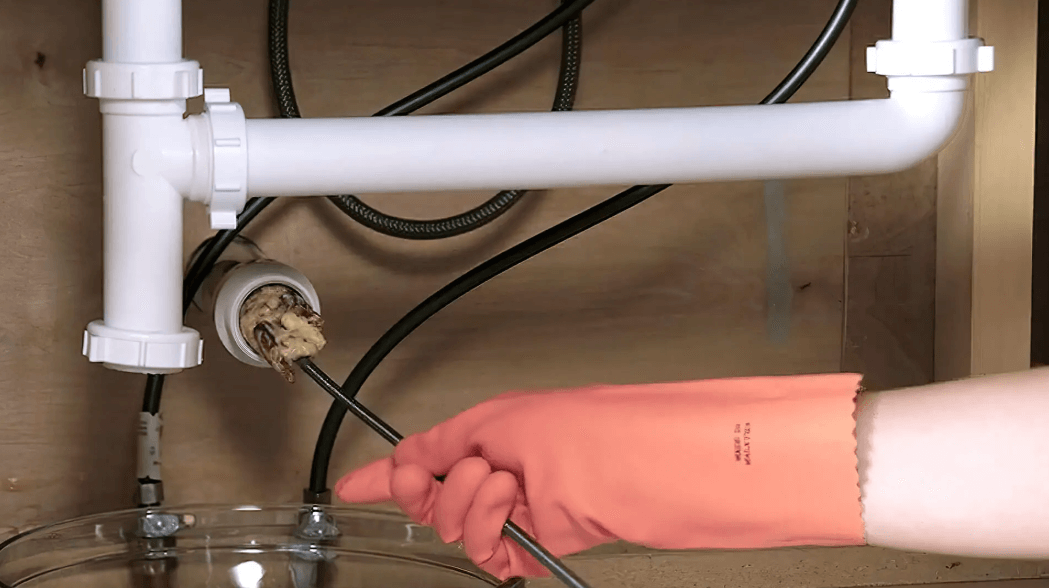Wireless and cable charging are the two main choices available to customers. Knowing which approach is the most practical and efficient is crucial since each has its own set of benefits and applications. Although wired charging has been around for a long and is known for its speed and durability, wireless charging has been on the rise thanks to innovations like Apple’s MagSafe, which provides a clean, hassle-free experience. To assist you in making a well-informed decision, this blog compares and contrasts wireless and cable charging, delving into their respective advantages and disadvantages in terms of efficiency, speed, convenience, and optimum use cases.

What Is the Difference Between Wireless and Wired Charging?
Overview of Wireless Charging Technology
The process of wireless charging eliminates the need for a physical connection through electromagnetic induction. Just set it on a magnetic pad that is compatible with it, and it will charge your battery by creating an electric current within. By using magnets to precisely align the gadget with the charging coil, innovations such as Apple’s MagSafe technology enhance efficiency. This alignment minimizes energy loss and improves speed, making wireless charging a convenient solution for casual use. While slower than some wired options, wireless charging’s ease and convenience, especially with the MagSafe-compatible Anker MagGo, make it appealing to many users.
Overview of Wired Charging Technology
When you charge your gadget by wire, you attach a cable straight to it, creating a solid electrical connection to the battery. Fast charging is best accomplished with a wired connection because of the reduced energy loss that results from this direct connection. With the correct cord and charger, most devices can reach high power outputs; for example, the 40W chargers from Anker are renowned for their rapid and dependable performance. For customers who value dependability and quickness, particularly in urgent circumstances, wired charging is still the way to go. The fastest and most reliable way to charge mobile devices, tablets, and laptops remains using a wired charger, even if wireless charging has improved.
Key Differences in Functionality
The features and functionality of wireless and cable charging are quite different. Higher efficiency and faster power transmission are the results of wired charging’s reliable, direct energy connection. Wireless charging, in contrast, eliminates the need for cords by letting customers only set their devices on a pad. By using magnetic alignment, Apple’s MagSafe technology improves wireless charging, making it more constant and lowering energy loss. Anker’s MagGo, which is compatible with MagSafe, further enhances this capability and ensures a smooth experience for compatible devices. The user’s requirements determine the functionality in the end.

Which Is Faster: Wireless Charging or Wired Charging?
Speed of Wired Charging
As a result of the direct connection to a power source, wired charging is known for its quickness and high power transfer efficiency. For consumers who want a rapid charge, wired solutions are the way to go since they may give power at rates of 45W or greater, depending on the charger and connection. For example, customers may power up effectively using Anker’s 40W wired chargers, which can quickly increase device batteries. Because of this, connected charging is a reliable option when time is of importance. Additionally, power users should choose wired charging because of the unequaled speed it provides for devices that enable fast charging.
Speed of Wireless Charging
Innovations such as Apple’s MagSafe technology have increased the pace of wireless charging, which can now supply up to 15W on compatible iPhones, compared to wired solutions. Although they may not be as fast as high-power cable chargers, wireless chargers that are MagSafe compatible, such as the Anker MagGo, provide great convenience and are fast enough for everyday usage. These enhanced wireless solutions are reliable for anyone seeking a convenient and relatively quick charging experience.
Factors Affecting Charging Speed
The charger’s power output, the device’s compatibility, and the surrounding temperature are a few of the many variables that affect the speed of wireless and wired charging. To optimize charging speed while guaranteeing safety, technologies like Anker’s ActiveShield keep an eye on and manage the temperature. Because of how alignment affects wireless charging, MagSafe’s magnetic alignment enhances charging efficiency. However, when it comes to wired charging, things have not changed much, and compatibility and power output are still factors. By being aware of these considerations, users will be better able to choose the optimal configuration for their devices, which will allow them to charge them safely, quickly, and consistently.
Which Is More Convenient for Everyday Use?
Portability and Ease of Use
Users can simply set their smartphones on a charging pad without having to deal with connections, which is the main attraction of wireless charging. Products like the MagGo dock from Anker, which allows users to change the viewing angle, make it even easier to use devices while they charge. In addition to being easily transportable, wireless charging mats provide a hassle-free experience for those who value convenience. In contrast, users of wired chargers will need to lug along an additional piece of bulky hardware: an appropriate cable and charger. When compared to wired charging, wireless options are often more convenient for regular, on-the-go usage, particularly with MagSafe-compatible devices that make alignment and use a breeze.
Compatibility With Devices
Because they work with any device that has the right port and voltage, wired chargers are a flexible solution regardless of brand. However, wireless chargers depend on the devices being compatible with each other. For example, MagSafe is compatible with Qi-enabled devices, including Apple’s iPhone 12 and later models. Users have options with Anker’s MagSafe-compatible products, such as MagGo, as they are compatible with both iPhones and Qi-enabled devices. Still, cable charging is the more versatile choice for those whose gadgets come from different brands. However, a wider variety of gadgets will soon be able to support wireless charging thanks to the proliferation of MagSafe-compatible products.
Practicality in Different Settings
Users love the convenience of wireless charging in fixed places like homes and workplaces, where they can just set their smartphone down on a pad and go. The MagGo 2-in-1 dock from Anker is a space-saving solution for desktop settings; it charges both your iPhone and AirPods at the same time. Although customers want speed and dependability without worrying about exact alignment, wired charging is more useful in outdoor or vacation scenarios. Ideal for high-traffic areas, wired alternatives ensure uninterrupted performance every time. Users can pick the optimal charging type by considering the specific benefits offered by each style to the environment.
Conclusion
The user’s requirements will determine whether cable or wireless charging is better. With innovations like MagSafe, wireless charging has never been more convenient, as it does away with cords and makes charging a breeze. The MagGo line from Anker takes wireless charging to the next level, making it dependable for regular use. When it comes to efficiency and speed, however, cable charging is still the way to go, especially for those who need their devices charged quickly. Improvements in both wireless and cable charging have been substantial, with the former narrowing the speed difference while the latter has maintained its efficiency. You can have both for maximum adaptability; the decision is ultimately up to each user’s particular preferences.








